Cell Wall- Definition, Properties, Structure, Layers, and Functions
The cell wall is a rigid outer covering found in plant cells, fungi, bacteria, algae, and some archaea. It is located adjacent to the cell membrane (plasma membrane) and provides structural support, shape, and protection to these cells.
Unlike the cell membrane, the cell wall is a non-living structure. Compositions of cell walls vary depending on the cell type.
The plant cell wall is primarily composed of cellulose, a strong carbohydrate that provides structure and protection.
Cell walls are absent in animal cells but present in many eukaryotes including algae, fungi, plants, and prokaryotes other than bacteria.
The cell wall of the plant is different from the prokaryotes in structure and chemical composition. It is secreted by the protoplasm of the cell. The thickness of the cell wall is different in different types of cells.
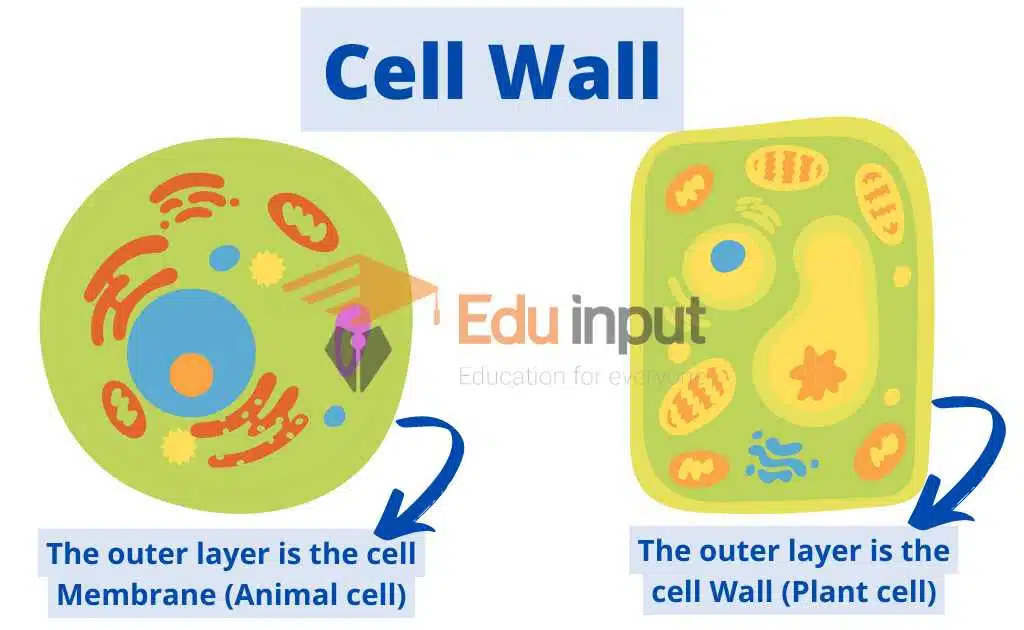
Properties of Cell Wall
- Rigid & Shapes Cells – Cellulose microfibrils in Cell wall act like scaffolding rods for support and shape.
- Strong & Protective – A Network of polysaccharides shields cells from damage, and pathogens.
- Selectively Permeable – Cell wall controls passage of water, nutrients, and gases while blocking large molecules and threats.
- Flexible for Growth – Enzymes loosen microfibrils in growing regions to allow expansion.
- Dynamic Structure – Composition changes throughout cell life and in response to environment.
Structure of Cell Wall
The cell wall is a rigid, semi-permeable structure found in plant cells, some protists, fungi, and bacteria. The structure of the cell wall varies across different organisms, but typically consists of the following components:
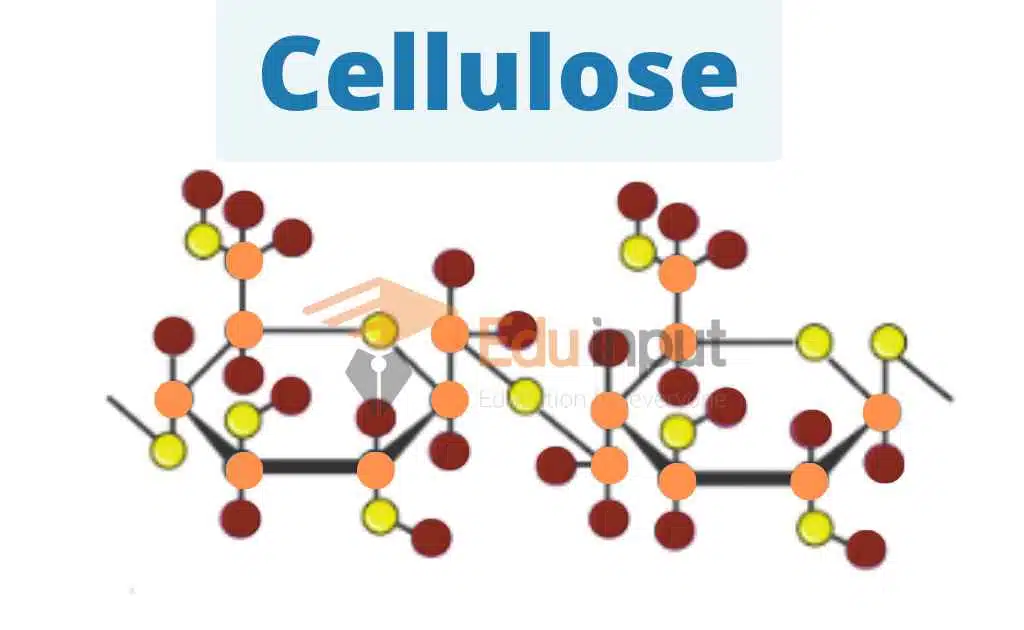
- Cellulose – This is the primary structural component of plant cell walls. Cellulose is a long, unbranched polymer of glucose molecules linked by β-1,4 glycosidic bonds. These cellulose molecules are arranged in parallel, forming microfibrils that provide tensile strength and rigidity to the cell wall.
2. Hemicellulose – These are branched polymers of various sugars, such as xylose, mannose, and galactose. Hemicelluloses crosslink with cellulose microfibrils, contributing to the overall strength and flexibility of the cell wall.
3. Pectin – Pectin is a complex polysaccharide rich in galacturonic acid residues. It acts as a cementing material, filling the spaces between cellulose microfibrils and providing adhesion and structural integrity to the cell wall.
4. Lignin – Found predominantly in the cell walls of vascular plants, lignin is a complex phenolic polymer that provides additional strength, rigidity, and impermeability to the cell wall. It is particularly abundant in woody tissues, contributing to the structural integrity of plants.
5. Proteins – Various structural and enzymatic proteins are present in the cell wall, playing roles in cell wall biosynthesis, modification, and defense against pathogens.
The cell walls of different organisms may contain other specialized molecules, such as chitin in fungi and peptidoglycan in bacteria, which contribute to their specific structural and functional properties.
The arrangement and composition of these components in the cell wall vary across different cell types and organisms.
Composition of Cell Wall of Bacteria, Fungi, Algae, and Protists
The composition of the cell wall varies depending on the organism. Here’s a breakdown of the cell wall composition in different organisms:
- Bacteria – The cell wall in bacteria is composed of peptidoglycan, a polymer made up of sugars and amino acids. This layer provides structural support and protection.
- Fungi – Fungal cell walls are primarily made up of chitin, a nitrogen-containing polysaccharide. They also contain glucans, such as β-glucan, which contribute to the cell wall’s rigidity and strength.
- Algae – The cell walls of algae can vary considerably. Some algae have cellulosic cell walls similar to plants, while others have cell walls made up of various polysaccharides like agar, carrageenan, or alginates.
- Protists – The cell wall composition in protists can vary widely. Some protists, like diatoms, have cell walls made of silica, while others, like dinoflagellates, have cellulosic cell walls similar to plants.
It’s important to note that the cell wall composition can also vary within the same organism, depending on the cell type, developmental stage, or environmental conditions. The specific components and their relative proportions contribute to the unique properties and functions of the cell wall in each organism.
Layers of Cell Wall
There are three layers in plant cell walls:
Middle Lamella
It is formed between the primary walls of neighboring cells or interface between adjacent plant cells. It is rich in Pectin. The middle lamella is the cementing layer between adjacent plant cells. It is composed primarily of pectin.
This layer holds the cells together, forming plant tissues and giving structure to the plant. Without the middle lamella, plant cells would not be able to stick together.
Primary Cell Wall
It is composed of cellulose and some pectin and hemicellulose. The cellulose molecules are arranged in a criss-cross manner. It is thin and flexible and is formed when the cell grows.

Secondary Cell Wall:
The secondary cell wall is a thick layer that is formed when the cell is fully grown. Xylem cells have a secondary wall that strengthens the cell wall. The growing plant cell wall is composed of carbohydrates, cellulose, hemicellulose, and pectin.
Cellulose microfibrils are bound through hemicellulose. it forms the hemicellulose- cellulose network, which is incorporated into the pectin matrix. The outer part of the plant cell wall is impregnated with cutin and wax, forming a permeability barrier known as the plant cuticle.
Functions of Cell Wall
- The plant cell wall provides definite shape, strength, and rigidity to the cell.
- It protects the plant against mechanical stress and physical shocks and cushions it.
- It helps to control cell expansion due to the intake of water.
- It helps to prevent water loss.
- It is responsible for the transportation of substances between and across the cell.
- It acts as a barrier between the interior cellular components and the external environment.
Frequently Asked Questions-FAQs
What is Cell Wall?
The cell wall is the outermost, non-living, rigid, and non-permeable layer of a plant cell. It is absent in animal cells.
What is cell wall made up of?
The cell wall is made up of cellulose fibers and Glycan, which is embedded in Pectin. In the secondary cell wall, Lignin is deposited.
What is the structure of the cell wall?
The cell wall is made up of three layers;
Primary wall
Middle Lamella
Secondary wall
What is the main function of the Cell Wall?
The cell wall primarily functions for providing strength to the cells. It helps to maintain cell shape. It protects the cell against osmotic and mechanical stress.
how does the cell wall protect a plant cell?
The plant cell wall acts as a tough barrier, shielding the cell from physical damage, pathogens, and regulating what enters and exits.
In which kingdom do all organisms have cells that lack a cell wall?
In the five-kingdom classification system, all organisms in the kingdom Animalia lack cell walls.
Why don’t animal cells have a cell wall?
Animal cells do not have cell wall for flexibility! They need to move freely to find food, escape predators, and interact with their environment. A rigid wall would hinder this movement.
What does the cell wall look like?
The cell wall of a plant cell cannot be directly observed with the naked eye due to its microscopic size. However, scientists use electron microscopes to magnify the cell wall and capture detailed images of its structure.
What will happen to a cell that does not have a cell wall is placed in a hypotonic solution?
A cell without a cell wall placed in a hypotonic solution (more water outside the cell) will likely burst. The pressure of water entering the cell due to osmosis will cause the cell to expand and eventually lyse (break open).
Which cell wall components is unique to gram-negative cells?
The cell wall component unique to gram-negative bacteria is the lipopolysaccharide (LPS).

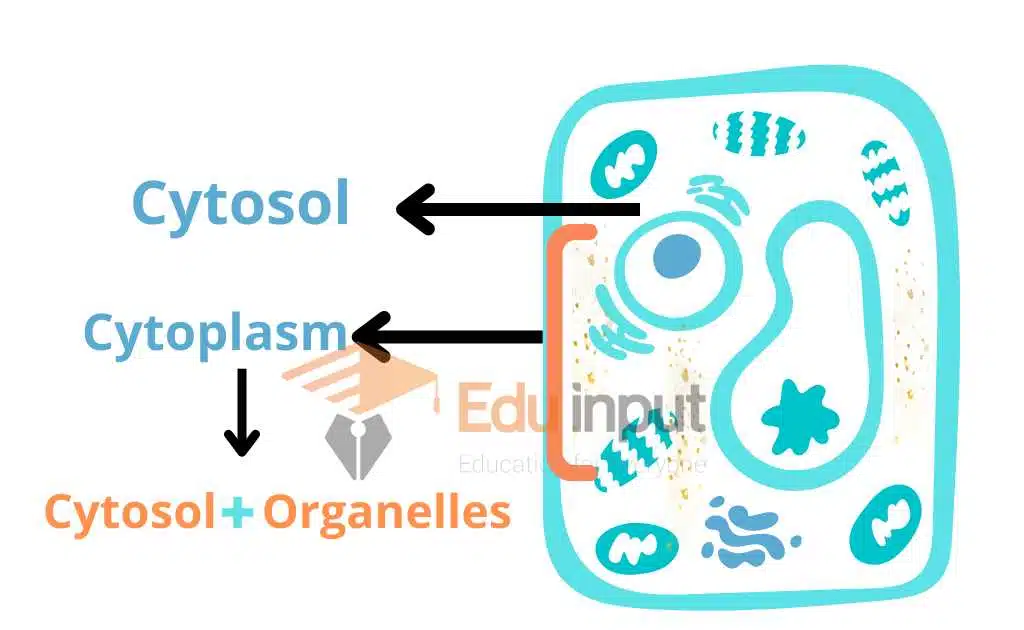

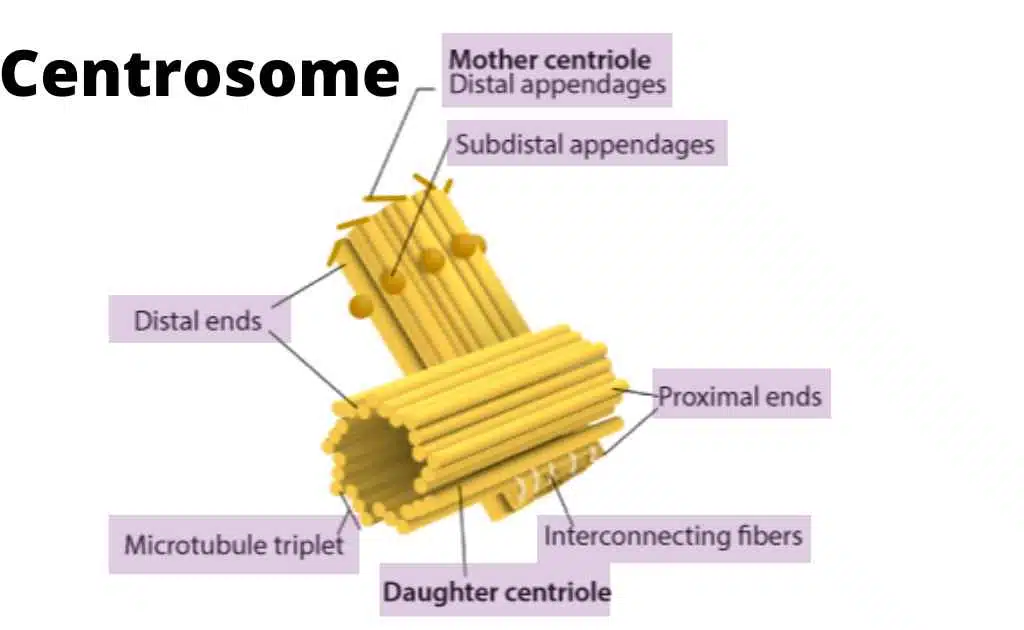
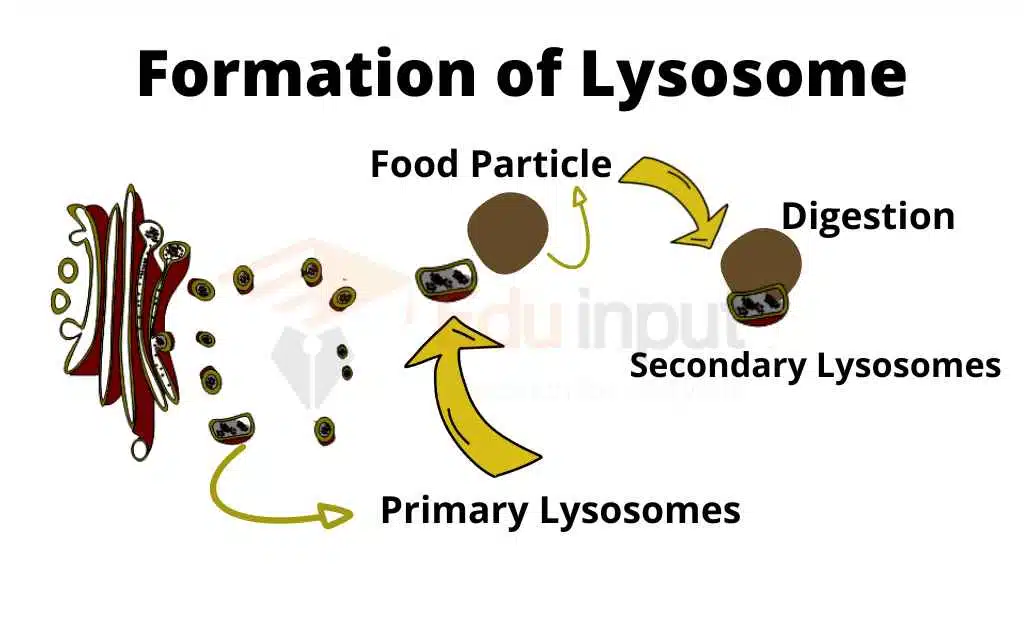


Leave a Reply